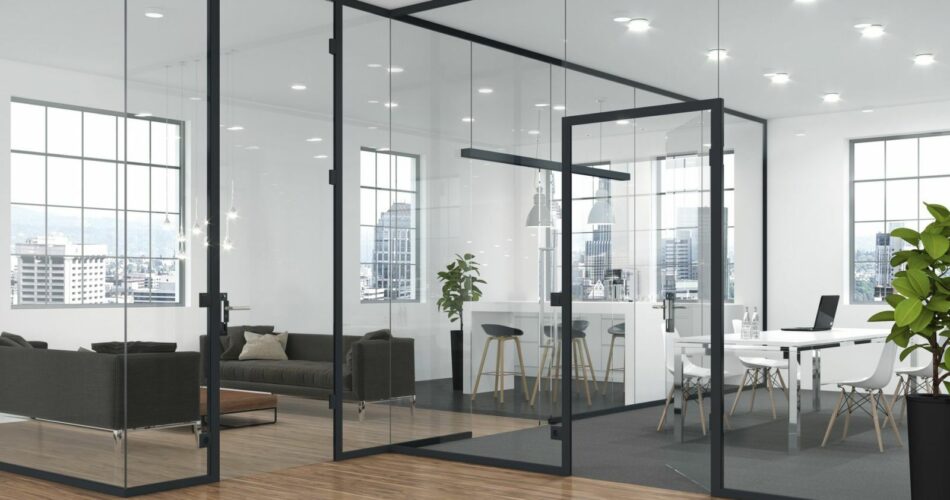Glass partitions https://artlookglass.com/ have a rich history and have evolved significantly over the years, playing a pivotal role in architecture and interior design. From their initial utilitarian use to the modern, sophisticated applications, glass partitions have transformed how spaces are designed and experienced. This article delves into the journey of glass partitions, tracing their evolution and impact on architectural and design practices.
Early Beginnings and Utilitarian Uses
The use of glass in architecture dates back to ancient Rome, but it was not until the industrial revolution that glass began to be used more extensively, including in partitions. Initially, glass was used primarily for its functional benefits – to provide natural light and physical separation simultaneously. These early partitions were simple in design, focusing more on utility than aesthetics.
The Art Deco Movement and Ornamental Glass
The Art Deco period in the early 20th century marked a significant shift, with glass partitions becoming more ornamental. This era saw the use of colored and textured glass, with intricate designs that added a decorative element to interiors. Glass partitions were no longer just functional; they had become a statement of style and elegance.
Mid-Century Modernism and the Open Plan Concept
In the mid-20th century, modernist architects embraced glass for its minimalist aesthetic and the way it blurred the lines between indoors and outdoors. Glass partitions became integral in creating open-plan spaces, celebrated for their ability to create a sense of openness and fluidity. This period marked a shift towards the modern use of glass as a tool for creating versatile and interconnected spaces.
Technological Advancements and Smart Glass
The late 20th and early 21st centuries have seen remarkable technological advancements in glass manufacturing. The introduction of tempered glass, low-emissivity coatings, and smart glass technologies revolutionized the use of glass partitions. Smart glass, which can change from transparent to opaque, has introduced a new level of functionality, allowing for privacy and openness to be controlled electronically.
Contemporary Trends and Sustainable Design
In contemporary architecture and design, glass partitions are used for their aesthetic appeal and their role in sustainable design. They maximize natural light, helping reduce energy consumption. The use of recycled materials in glass production and the focus on energy-efficient glass technologies align with the growing emphasis on sustainability in architecture.
The Future: Innovation and Adaptability
The future of glass partitions lies in continued innovation and adaptability. With the evolving needs of modern spaces, glass partitions are expected to become even more versatile, incorporating advanced technologies like interactive displays, integrated lighting, and enhanced acoustic properties. They will continue to play a key role in creating flexible, functional, and visually appealing spaces.
Conclusion
The evolution of glass partitions reflects broader trends in architecture and interior design, from utilitarian beginnings to sophisticated, multifunctional elements in modern spaces. Their journey is one of innovation, style, and adaptability, mirroring the changing needs and aspirations of society. As we look forward, glass partitions will undoubtedly continue to evolve, shaping the future of architectural and interior design.
